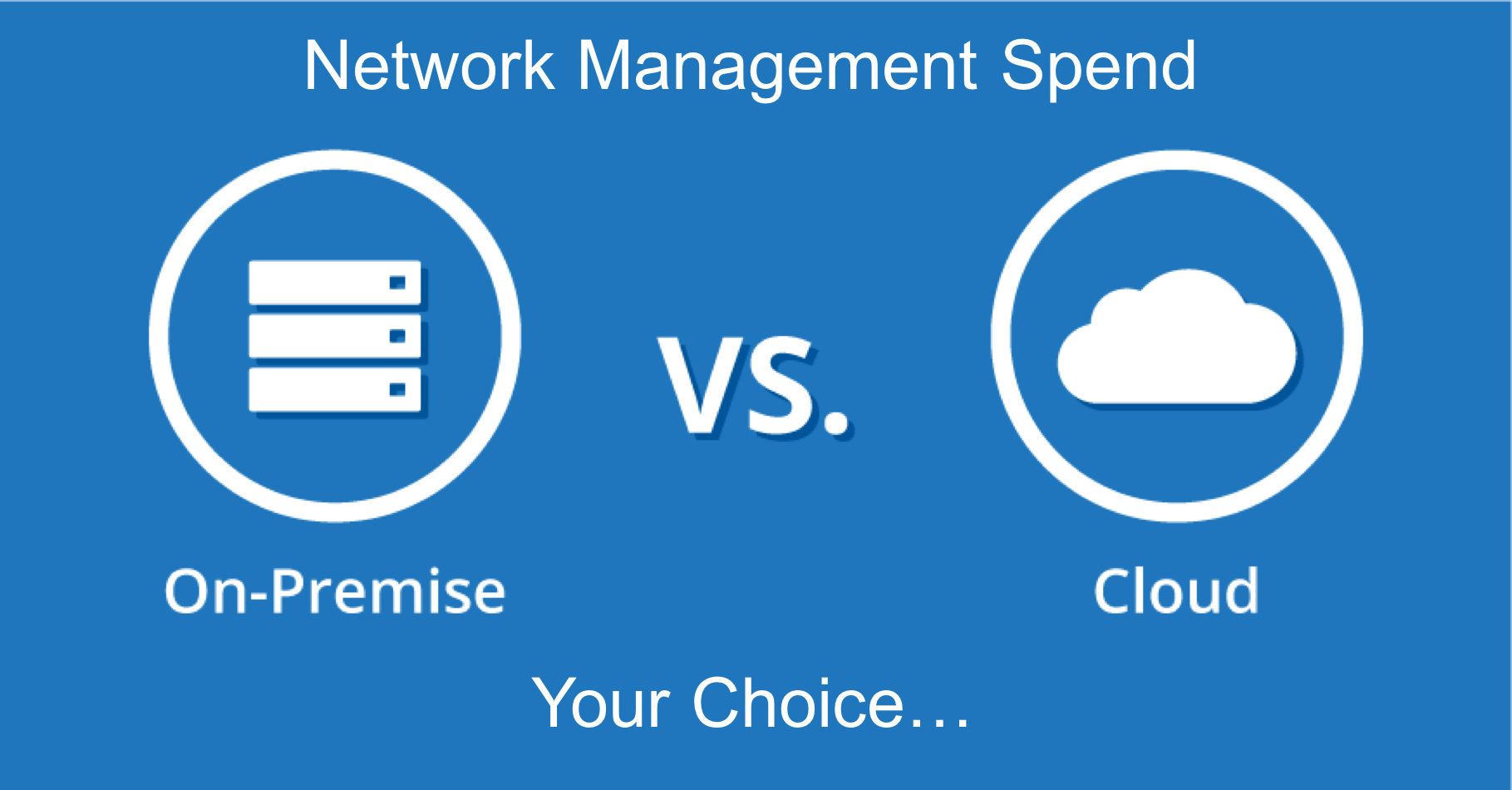During a recent discussion with a friend about leasing versus purchasing a vehicle, it ultimately came down to initial upfront spend. Because he wanted to live a little and didn't plan on keeping the vehicle for more than three years, he opted for leasing and the convenience of a lower down payment, as well as the lower monthly spend.
Interestingly, cloud-managed networking has me discussing a similar line of thinking with customers at an accelerating pace. The established organizations want to know how cloud-managed networking can help offload the IT team, and the newer companies ask about technology value, and their desire to preserve cash. I think saving cash actually works for both, so let's start there.

According to Gartner, while 42% of CIOs report to CFOs, 75% of CFOs are actively involved in making IT decisions for their companies. As IT professionals, it helps to understand what drives the decision makers. Knowing their motivation can be the difference between getting the budget for a new management solution, or management plus something else that's more user-facing during the same timeframe if the numbers add up.
Going OpEx with Cloud-Managed Networks
Instead of an upfront investment in appliances and software that some feel only benefits IT (we all know that management affects the user experience for everyone), customers can leverage a cloud-managed solution to shift from a CapEx to OpEx model, and pay for it on a monthly or yearly basis. No appliances, no racking and stacking, no software upgrades.
IT still manages the infrastructure in the example above. They are still at the center of configuration changes, policies, and reporting. They've just shifted the spend, where the appliances sit, and how much time is spent performing late-night upgrades to the management solution itself. The extra time and savings could then be used to deliver a new location services app, for example
What I'm also seeing are organizations that want to look at an OpEx model for infrastructure as well. Even though the hardware is often considered a capital expense with a useful life of greater than one year, the rate of change within wireless technology has people thinking of ways to hold on to equipment for shorter periods. One customer I recently spoke to was still using APs they purchased from a competitor in 2009!
Taking the OpEx Model Further with Managed Network Services
Customers can opt for moving to a Network-as-a-Service model where everything that is deployed is shifted to an OpEx model. The customer pays the provider a monthly or yearly fee, where wireless, wired and the management solution are considered an operating expense. The equipment is not owned by the end customer.
The provider is responsible for deploying and maintaining the infrastructure, and any required management changes, in most cases. The customer's IT resources are then tasked with developing new services, and applications that ride on the network. How much the provider is involved in is up to the customer to determine.
How Aruba helps
If you're considering a shift to an OpEx model, talk to your Aruba account representative or take a look at Aruba Central to see what's available today.




